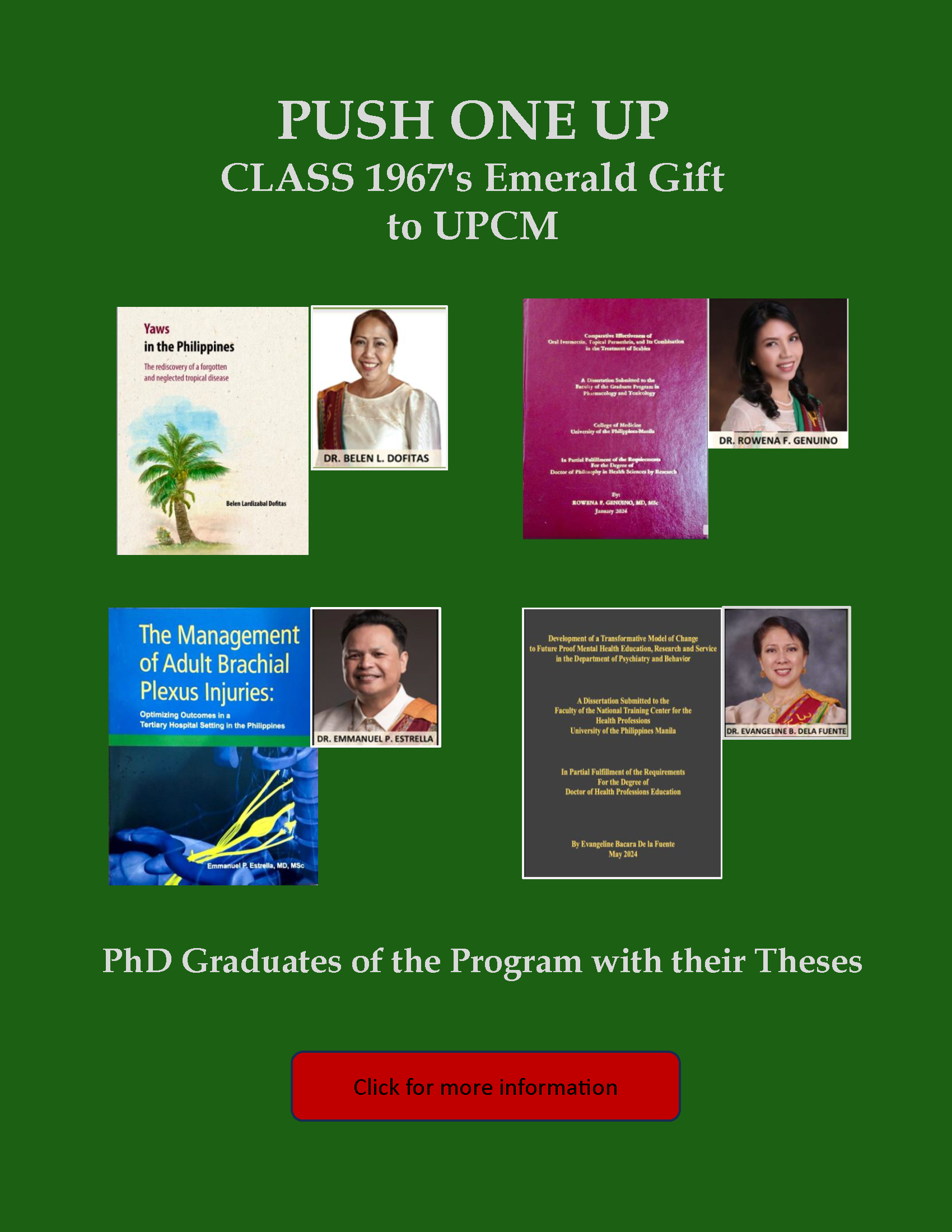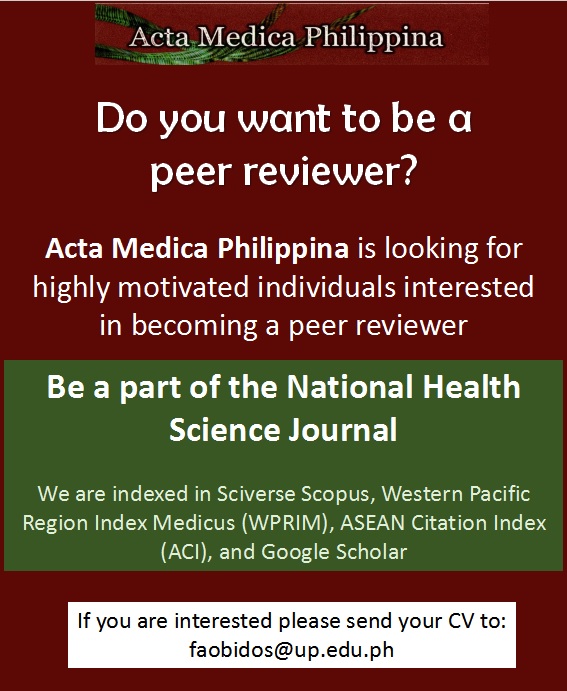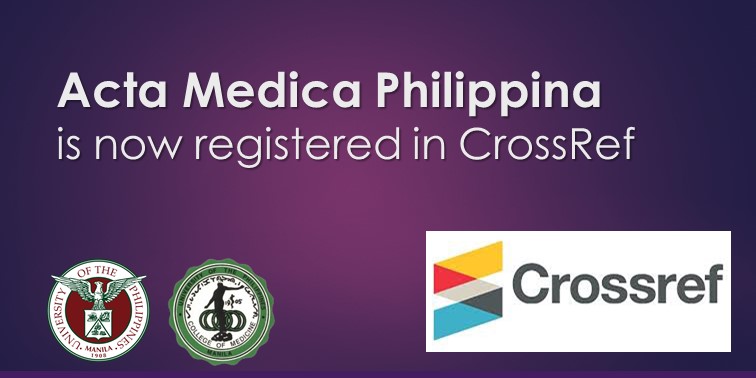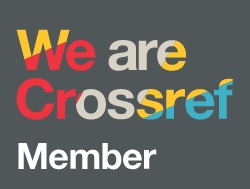What Truly Matters in Community Partnerships
DOI:
https://doi.org/10.47895/amp.v59i5.13392Abstract
Community partnership is an essential component of medical and health sciences education. Over the past years, there has been a greater push for more community engagements in the light of transformative education and social accountability. Such concepts have become focal points in national and international discourses on making health sciences education more relevant, particularly in terms of health system reforms.
In its Mission statement, the University of the Philippines College of Medicine references the 1978 Alma Ata Declaration on Primary Health Care as a means to achieve “leadership and excellence in community-oriented medical education, research, and service… intended especially for the underserved.” But even before the Alma Ata Declaration, in 1966, the College had already established the Comprehensive Community Health Training Program that partnered with communities in Bay, Laguna. Similarly, the University of the Philippines Manila (UPM) established the Institute of Health Sciences (now the School of Health Sciences or SHS) in Palo, Leyte in 1976. Such programs contributed to the development of more socially-responsive health professionals as well as helped improve local health systems.
Today, UPM has the Community Health and Development Program, which continues the tradition of community partnership and interprofessional cooperation in MAGNAMARTE (Magallanes, Naic, Maragondon, and Ternate) in Cavite, while SHS now has four campuses that still produce physicians, nurses, and midwives who serve disadvantaged and resourcepoor rural communities. The University also has a memorandum of agreement with the Manila Health Department that allows for medical students and residents of clinical departments in the Philippine General Hospital to work with urban poor communities in the city. In addition, there is the Program on Social Innovation and Entrepreneurship in Health, which applies newer strategies of community engagement in the rural setting, and the Community-Oriented Medical Education Unit, which facilitates the integration of community work in medical education.
What changed over time amongst these various forms of partnerships are the end goals. Beyond better health outcomes, now it is sustainable social development. Beyond better health services, now it is health equity. Beyond people-centered partnerships, now it is “people always at the center.”
Empowerment, as a fundamental principle governing community partnership, has evolved over time. Academic institutions once flushed with ideas on how to make life better for grassroots communities are now conscious of allowing the people themselves not just to define their problems but also to provide solutions to such problems. This is the essence of empowerment.
Communities are more than just end-users or beneficiaries of service-learning. “People always at the center” means that in every community engagement, the people must be front and center of decision-making. The people are consulted not merely to ensure that they are on-board with whatever health programs are being implemented or promoted, but to truly listen to them and seek solutions from them. “People always at the center” means that there is a sense of ownership by the people. Thus, community-based becomes community-managed and community-led.
On the other hand, what do students gain from such changing paradigms in community engagements? In 2001, a study on nine community-oriented medical schools across the globe revealed how these schools became more socially accountable by practicing the dictum “place matters.” Almost two decades later, the study by Massè et al. described how medical trainees, when placed in conditions where they were with “people experiencing circumstances of social vulnerability,” became more reflective of their own beliefs and biases. This eventually led to “renewed values of health equity and social justice.” If so, these are the kind of medical graduates that should be produced by transformative education: the ones who will work to address the health concerns of the country that they are mandated to serve.
Nonetheless, much needs to be done.
The situation in communities is greatly affected by the social determination of health and by the vagaries of politics. In the same vein, academic institutions are not immune to changes in leadership and direction, which may adversely affect current developments. Much needs to be done so that gains are not lost and perspectives are broadened rather than narrowed.
Much more needs to be done to enable people to empower themselves and for academics and students to remain cognizant that an empowered people is what truly matters. As Paulo Freire said in Pedagogy of the Oppressed, “It is necessary that the weakness of the powerless is transformed into a force capable of announcing justice… We are transformative beings and not beings for accommodation.”
Downloads
Published
Issue
Section
License
Copyright (c) 2025 Acta Medica Philippina

This work is licensed under a Creative Commons Attribution-NonCommercial-NoDerivatives 4.0 International License.




.jpg)



